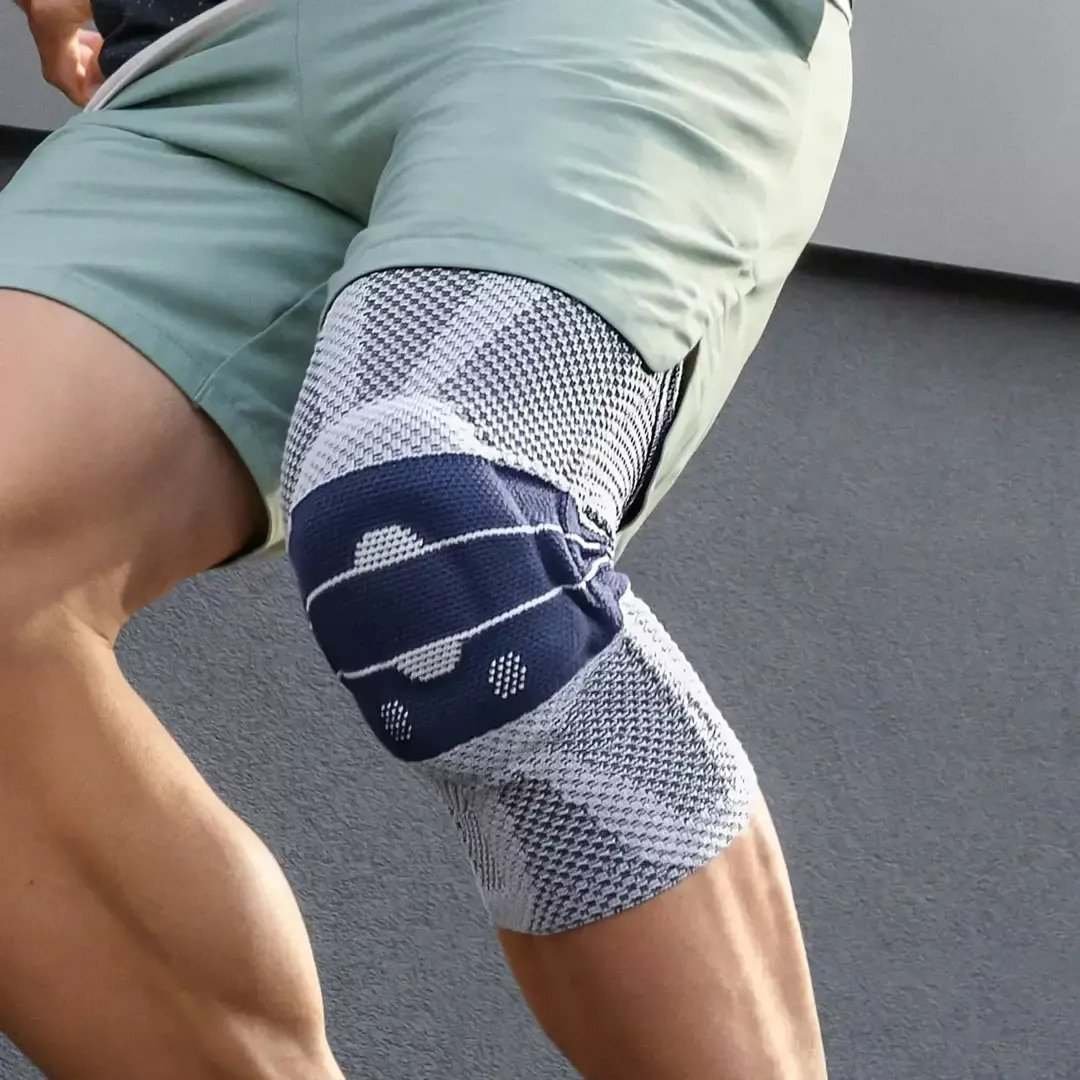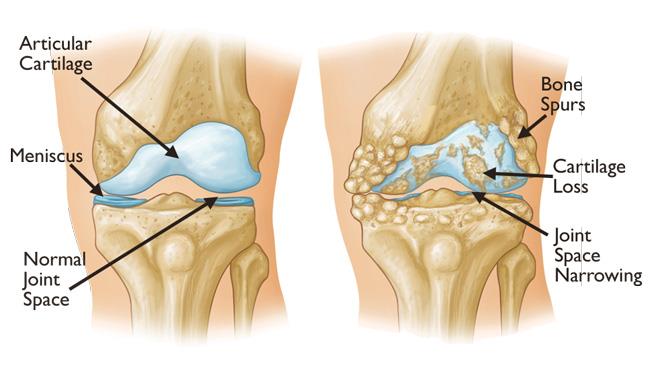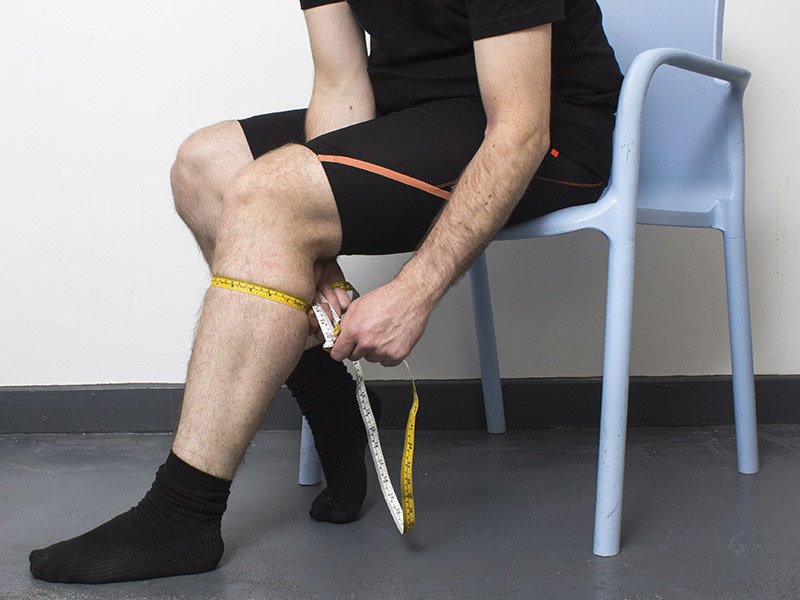Our Location
304 North Cardinal St.
Dorchester Center, MA 02124

Nothing is more frustrating than getting injured. Knee injuries are one of the most common types of injuries and can be debilitating to deal with.
Although there are many different types of knee injuries, there are some key things to help your recovery. Physiotherapy and rehabilitation are important parts of treatment to help rebuild strength. However, if the injury is acute or the pain is too intense, the symptoms may limit what you can do. Whether you have a serious injury such as torn ACL or a mild knee sprain, a knee brace can provide the support you need on the road to recovery.
The following is our ultimate guide to choosing the best knee brace for your needs. We outline all the information you need to consider to find the right knee brace.
What are knee braces for?
How do knee braces work? What do Knee braces do?
Why use knee braces?
Types of knee braces
– Slip-On Braces
– Hinged Knee Braces
– Custom Knee Braces
– Wrap Around Knee Braces
– Open vs Closed Knee Braces
The Best Knee Braces For Specific Conditions
– Best Brace for Osteoarthritis
– Best Brace for Chronic Knee Pain
– Best Brace for ACL injuries
– Best Brace for Meniscus Injuries
– Best Brace for Patella Injuries
– Best Brace for Trauma
What to consider when choosing a knee brace
Benefits and Limitations of Knee Braces
Fit and Care
Cost of knee Braces
– Does Insurance Cover Knee Braces?
Choosing The Right Knee Brace For You
Frequently Asked Questions

Although this can be a very complicated question, the simple answer is that knee braces help provide support and protection for your knee. Knee braces are case specific and for that reason, they will work in different manners for different cases. Certain injuries will require certain types of knee braces, and certain activities will feel better with certain types of braces. However, in a nutshell, knee braces help restrict certain motions that can potentially cause your condition and/or pain to exacerbate.
Knee pain comes in various shapes and forms. Whether you have a torn ligament (ACL, MCL, PCL OR LCL), a meniscus tear, patellar issues or even arthritis there is a knee brace that can work for you! Below we are going to list the various types of knee braces, how they work, what injuries they are usually used for and some pros/cons for each.

A knee brace is a device worn around the knee to provide support, stability, and protection when the knee is injured. There are different types of braces for different knee injuries. Some braces provide more support, whilst others are designed to restrict certain movements.
There are several reasons why someone might choose to use a knee brace, including:
● Injury recovery: After a knee injury, such as a sprain, strain, or tear, a knee brace can help support the knee while it heals. This can reduce pain and promote recovery.
● Pain management: A knee brace can take some of the load during movements like walking or squatting to help relieve knee pain caused by conditions such as arthritis.
● Improving knee stability: For individuals with specific injuries that lead to knee instability, a knee brace can provide extra support and protect the knee.
● Post-surgery support: After knee surgery, the surgeon may prescribe a knee brace to provide the support and stability needed during rehabilitation and recovery.
It’s important to consult a healthcare professional before using a knee brace, as they can recommend the best type of brace for your specific needs and provide guidance on proper use and fit. The following are some of the types of knee braces a healthcare professional may recommend:

A slip-on knee brace is one of the most common types of knee braces. They are soft and flexible and “slip” over the knee like a tube. Slip-on braces are used to compress the joint and provide added protection, alleviating pain in the knee. Many patients use this type of brace for less severe injuries as they are more comfortable, less restrictive, less bulky, and are much lighter than other braces. They come in different sizes and can easily fit under clothing.
Provides: Mild support
Uses:
● Mild knee pain
● Mild swelling
● Mild injuries, such as a knee sprain
● Mild arthritis
● Chronic pain

Wrap-around knee braces are similar to slip-on braces, however, they have straps that can be adjusted for a better fit. They are customizable, lightweight, and easy to take on or off.
Provides: Mild to moderate support
Flexibility: Mild to moderate flexible
Uses:
● Mild to moderate knee pain
● Mild swelling
● Mild chronic pain
● Mild to moderate arthritis
● Mild instability
● Long-term recovery after injury

An open patella knee brace is a brace with a small hole in the front for the patella (the kneecap). This helps support the kneecap and maintain proper alignment. A closed patellar knee brace has extra compression in place of the hole to provide additional support to the patella.
Provides: Mild to moderate support
Flexibility: Mildly to moderately flexible
Uses:
● Patella knee injuries
Knee braces can be helpful in treating various knee conditions and injuries. Common knee injuries and conditions that can be treated with a knee brace are included below with our editor’s best recommendations for each.
We score each brace out of 5 major categories and average them up here. The five groupings are as follows

Look For: Slip-on knee braces for mild support for Mild OA, Weight Distributing brace for Severe
A slip-on knee brace can be helpful for osteoarthritis because it provides mild support and compression to the knee joint. This light support can help alleviate pain and discomfort associated with the condition. Slip-on braces are also typically more comfortable to wear during daily activities.
With hundreds of different knee braces on the market, it can be daunting to try to find the right one. Here are five things to consider when choosing a knee brace:
1. Consult A Healthcare Professional

The best starting place to find a knee brace is to consult an experienced healthcare professional. Trained healthcare professionals, such as sports doctors or physiotherapists, are experts in prescribing and fitting the right brace for the right purpose. They can also ensure the brace is worn correctly.
2. Determine What Level Of Support Is Required
Different braces provide different levels of support, so it’s important to determine what level of support is required for your specific condition or injury. This will depend on the injury, activity level, range of motion, and comfort. For example, an ACL tear may require a more supportive brace, whilst knee arthritis may only require minimal support.
3. Ensure It Is High Quality

Look for a knee brace made from high-quality materials and with proper construction for durability and effectiveness. Features of a high-quality brace include breathability, streamlined design, adjustability, lightweight, and comfort padding. A poorly constructed knee brace may fall apart or fail to provide adequate support.
4. Consider The Comfort
Comfort is important when the knee brace is needed for an extended period. Consider the material and design of the brace, as well as the adjustable straps and range of motion. Tighter is not always better, so consult a healthcare professional to get the right fit.
5. Ensure There Is A Plan In Place
No brace should be worn unless there is a proper plan in place for its usage. For example, will the brace be worn both night and day, or just during the day? How many weeks or months will the brace be used? When will the brace come off? A plan will help get the most out of the brace and reduce the risk of any side effects.

There are many benefits of using a knee brace, including:

There are also several limitations of using knee braces which are important to consider:
● May cause over-reliance if worn when not required, leading to decreased muscle strength and stability in the knee.
● Can be uncomfortable, especially during extended periods of wear.
● Can be expensive and are not always covered by insurance.
● Needs regular maintenance and proper care.
● Does not address the underlying cause of the injury, which may need a structured rehabilitation plan.
Whilst there are many benefits of using a knee brace, the right fit and care are critical to maximize the benefits and minimize the risk of any side effects.
Getting The Right Fit
The proper fit of a knee brace is crucial for its effectiveness. Knee braces come in different shapes and sizes. The following are some general some tips to get the right fit:

● Consult a healthcare professional for help with choosing the right brace, measuring the knee circumference, and selecting the appropriate brace size.
● Adjust the straps to loosen or tighten the brace for the right fit.
● Get the range of motion in the knee checked after fitting the brace to ensure it is appropriate for the knee injury.
● Monitor the fit throughout the day to ensure the brace is maintaining the level of support required.
● Schedule a follow-up appointment with the healthcare professional for any adjustments or modifications as needed.
Maintenance For Knee Braces
Your healthcare provider will provide specific maintenance and care instructions for your knee brace. However, there are some general maintenance and care steps for knee braces, including:

● Keep the knee brace clean by following washing instructions to avoid the risk of skin irritation or other issues.
● Store the knee brace appropriately when not in use to prevent damage.
● Regularly inspect the knee brace to ensure it fits properly otherwise it may cause discomfort or reduce its effectiveness.
● Avoid over-stretching or twisting the knee brace as this can cause damage and reduce its effectiveness.
● Replace the knee brace if it shows signs of wear or damage, or if it is not providing adequate support.
● Consult a healthcare professional if there are any concerns or issues

All knee braces are not made equal. Choosing the right knee brace is an important decision for anyone dealing with knee pain or injuries. With a variety of types, designs, and levels of support available, it’s essential to consider your individual needs and activities.
Before choosing a knee brace, it is crucial to consult with a healthcare professional to determine the best option for your specific condition. Remember, a knee brace is only one aspect of a comprehensive treatment plan and should be used in conjunction with physical therapy and other medical interventions to treat the underlying cause of the injury.
How long should I wear the knee brace each day?
Wear time for a knee brace varies depending on the injury and type of brace. Some people may need to wear the brace all day, whilst others may only need it during activities that cause discomfort. It’s best to consult a healthcare professional to determine the appropriate length of time to wear your knee brace.
Can I still participate in physical activities while wearing a knee brace?
Knee braces are designed to support and stabilize the knee joint, helping to reduce pain during physical activities. For some injuries, some forms of physical activity may be safe. However, for other injuries, such as an ACL tear, physical activity may not be suitable for a short time. It is best to consult with a healthcare professional to determine the appropriate activities and any modifications to help you safely participate.
Can I wear a knee brace over clothing?
Knee braces are specifically designed for an injury and must be worn properly to adequately support and protect the knee. Whilst most braces should be worn against the skin, the wearing method will depend on the type of brace and your individual needs. It is best to consult a healthcare professional to determine the most appropriate way to wear your knee brace.
Are there any side effects or risks associated with using a knee brace?
While knee braces are generally considered safe and can provide many benefits, there are some potential side effects. This includes skin irritation or chafing, restricted movement, and muscle weakness with prolonged use. A healthcare professional can provide guidance on proper brace use to reduce the risk of any risks.
Can a knee brace prevent or treat knee injuries?
Knee braces work by providing support and stability to the knee joint, which can help reduce pain and protect the knee. However, the effectiveness of a knee brace will depend on the type of brace and the specific injury. It’s important to consult with a healthcare professional to determine the best type of knee brace and to ensure proper usage.
How long does a knee brace typically last and when should I replace it?
The lifespan of a knee brace can vary depending on the type of brace, frequency of use, and level of wear and tear. Generally, a knee brace made of high-quality materials can last for several months or more with proper care. Regular inspections and maintenance can also help extend the lifespan of the knee brace and ensure it continues to provide support.
If a knee brace becomes damaged or no longer provides adequate support to the knee joint, a health professional should be consulted to organize a replacement.
Can I sleep while wearing a knee brace?
A knee brace is designed to provide support and stability to the knee joint, including when sleeping. Specific injuries may require overnight brace use to protect the knee while in various sleeping positions. It’s important to get guidance on the proper overnight usage of your knee brace.
How do I know if the knee brace is working effectively?
A properly fitted knee brace should provide adequate support, increase stability, and improve overall mobility. At the same time, a properly working brace should not cause any adverse side effects or additional pain. A healthcare professional can perform a physical examination and provide recommendations on how to adjust or modify the brace to maximize its effectiveness.
Can knee braces cause more pain?
Knee braces, in general, should not be causing increased pain or exacerbating your symptoms. However, if you have the wrong type of knee brace or it is improperly worn knee braces may cause increased pain. Once again this is why it is so important to consult with your healthcare practitioner when choosing a knee brace. It is also important to remember that tighter doesn’t always mean better and it is important to make sure you are not wearing your brace too tight. Another important note is to only wear the brace when needed. Wearing a brace at rest for a mild knee pain will actually cause weakness of the surrounding musculature over time. Weakness will eventually cause more complications, so its important to rehab and remove the brace when you do not require the support.

Knee braces are an amazing way to help heal, protect, and improve your knee pain/symptoms. It is very important to understand that all knee braces aren’t made equal and that the specific knee brace that is right for someone else may not be right for you.
If knee pain is a constant bother, it may be worth your while to consult our therapist’s brace. With your new-found knowledge of knee braces, it will help you make a more informed decision on what type of braces is best for you, whether it be a slip-on knee brace or a custom-fit knee brace always remember to consult a healthcare professional with any questions you may have.